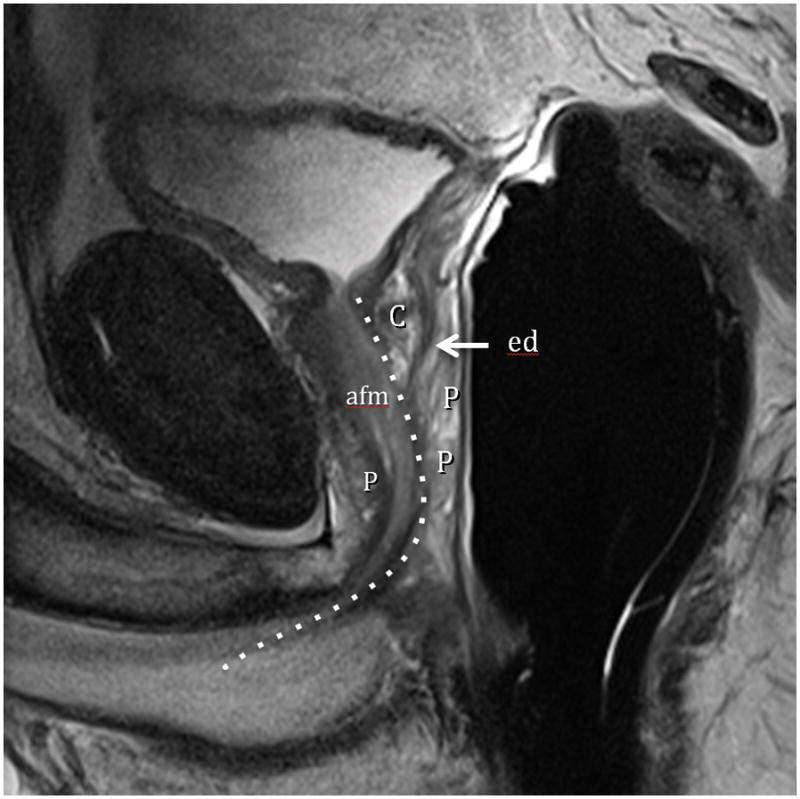MRI Classification of BPH Types

The most important feature of the diagnosis of BPH is its classification. Different types of BPH have different symptoms and different treatments. In the US, MRI can differentiate between the two, allowing doctors to more accurately determine the type of prostate disease. In the US, MRI is more sensitive and contrast-resolved than ultrasound, so it is an important tool for detecting prostate cancer. Some physicians suspect that patients with BPH may also have cancer, so they perform a urine flow study to determine the severity of the problem.
The MRI is the most effective method to identify BPH types. Its superior soft-tissue contrast resolution is more beneficial than ultrasound. Furthermore, it allows physicians to better determine the stromal-glandular ratio of the prostate. With this information, doctors may be able to better treat men with BPH. The MRI results can help doctors determine the best treatment options. In addition, BPH can be classified according to the severity and type of obstruction.
The severity of BPH is determined by how severe the obstruction is and by the patient’s symptoms. The IPSS and QOL scores can help physicians differentiate between the different types. However, the IPSS and QOL have a poor relationship with each other. Thus, symptoms score should not be used as the sole criteria for treatment decisions. A patient’s lifestyle is more important than IPSS score. So, doctors should consider the severity of each subtype when making a decision.
To classify the types of BPH, magnetic resonance imaging (MRI) is most useful. It is superior to ultrasound in determining the stromal/glandular ratio. By understanding these differences, physicians can determine which treatment is best for each patient. They may also be able to identify the best treatment options based on the BPH type and symptoms. There are several treatment options for this condition. If you suspect you have BPH, consult a doctor to determine the right course of action.
MRIs can be useful in identifying BPH. MRIs can differentiate different types of BPH based on the presence of obstruction or symptoms. The quality of life of patients with BPH is measured by the IPSS, and the severity of symptoms is based on the severity of the enlargement. The IPSS is only a proxy measure, and it can’t be used for treatment decisions. A higher score means the patient is suffering from more pain and a more severe condition.

The primary treatment for BPH is conservative management, which consists of reassurance and advice on healthy lifestyle habits and fluid intake. If the symptoms of BPH are mild or moderate, lifestyle modifications such as exercising are enough to ease the condition. In the worst case scenario, surgery will be required to relieve the obstruction. To treat BPH, the doctor must use medications and surgery, if necessary. Aside from undergoing medication, lifestyle changes should also be a priority.
MRI has become of great importance in the diagnosis of BPH. An MRI can help distinguish between different types of BPH and prostate cancer, and can also help guide treatment choices. MRI is an excellent tool for distinguishing between different types of BPH. It also helps in assessing the patient’s symptoms. The radiologist should use an MRI to accurately determine the severity of their symptoms. These tests are important for an accurate diagnosis.
MRI is a diagnostic tool for diagnosing BPH. He can distinguish between two types of BPH, which is often referred to as adenocarcinoma. MRI is a diagnostic tool that is used to detect adenocarcinoma and other major abnormalities of the prostate. The scan can also be used to locate the affected gland. The best imaging modality is one that allows the doctor to see the enlarged gland.
MRI can classify the types of BPH. It has superior soft tissue contrast resolution compared to ultrasound. It can also be used to estimate the amount of residual urine after urination in a patient’s urine. Diagnosis of BPH is an important step in treatment. Treatment for BPH depends on the severity of the disease. The patient’s lifestyle can affect the quality of life. If the symptoms are uncontrollable, the doctors at the site kopertis11.or.id/ prescribe medications to relieve the pain.